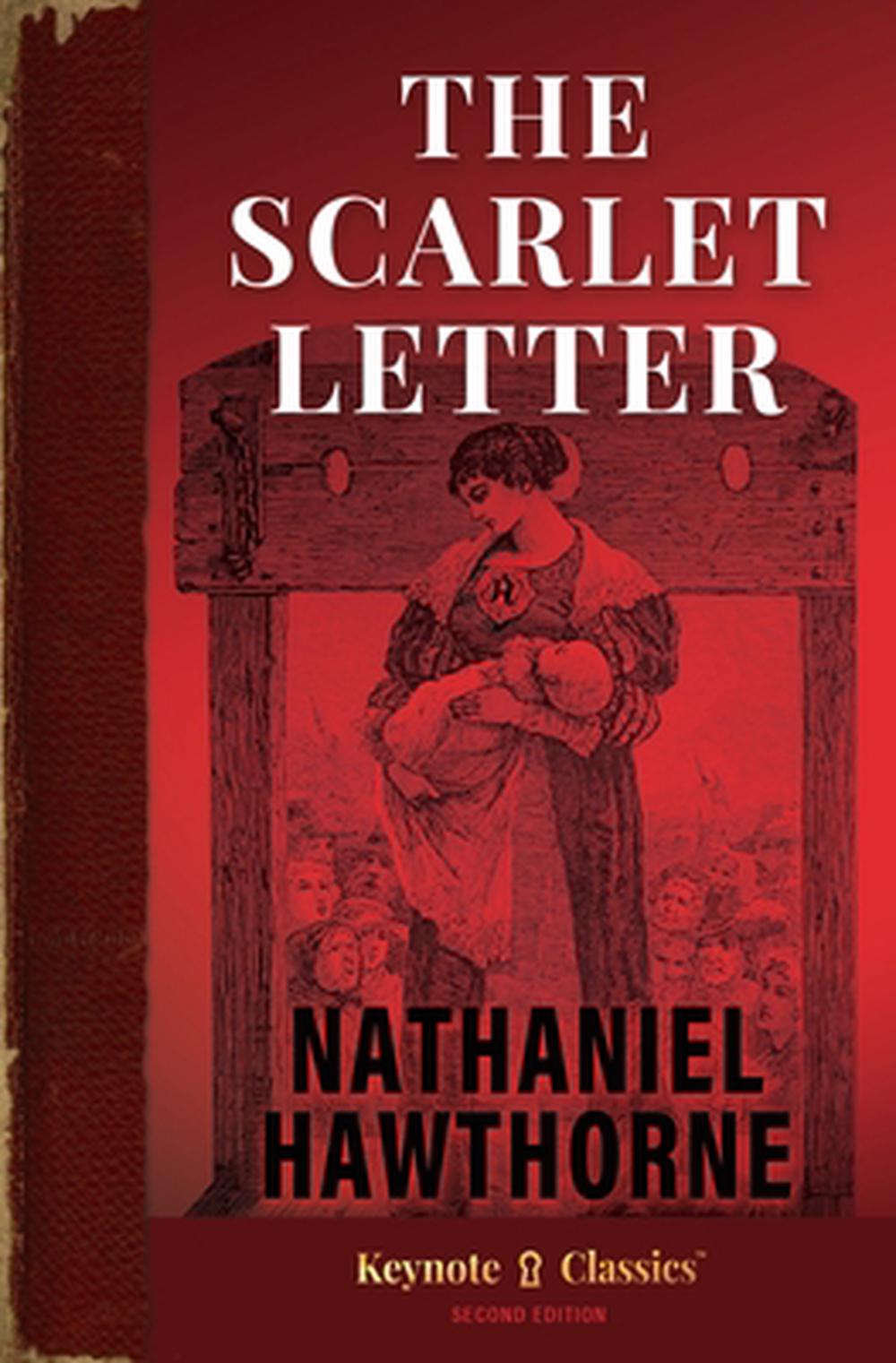
She eventually was a founder of antinomian Rhode Island. Hutchinson was a religious but freewheeling woman who disagreed with Puritanical teachings, and as a result she was imprisoned in Boston and then banished. With the reference to Ann (actually Anne) Hutchinson, the prison also serves as a metaphor for the authority of the regime, which will not tolerate deviance from a prescribed set of standards, values, and morals. It seems it will take a superhuman force to somehow weaken the mores that control the society in which our story will take place. As a result, the door remains tightly shut and iron-clamped. But despite the evolution of society, the laws have not kept up. In the manner that Hawthorne describes it, the prison embodies the unyielding severity of puritan law: old, rusted, yet strong with an "iron-clamped oaken door." Puritan law is coated, in this account, in the rust of tradition and obsolete purpose. These images will recur in several settings and serve as metaphors for the underlying conflict. This opening chapter of the main narrative introduces several of the images and themes within the story to follow. had sprung up under the footsteps of the sainted Ann Hutchinson, as she entered the prison door." He then plucks one of the roses and offers it to the reader as a "moral blossom" to be found later in the story.



The narrator remarks that it is possible that "this rosebush.
#Scarlet letter annotations full#
Outside the building, next to the door, a rosebush stands in full bloom. already marked with weather-stains and other indications of age which gave a yet darker aspect to its beetle-browed and gloomy front." The iron on the prison is rusting and creates an overall appearance of decay. The prison is described as a, "wooden jail. A large crowd of Puritans stands outside of the prison, waiting for the door to open.


 0 kommentar(er)
0 kommentar(er)
